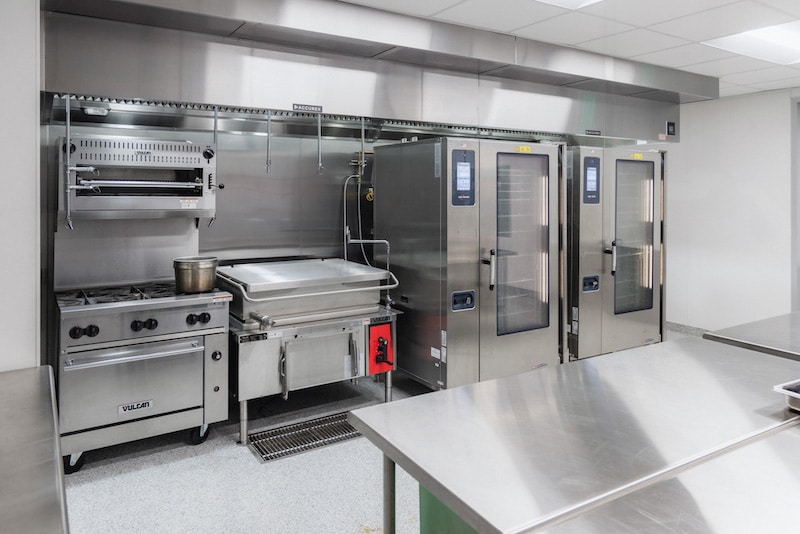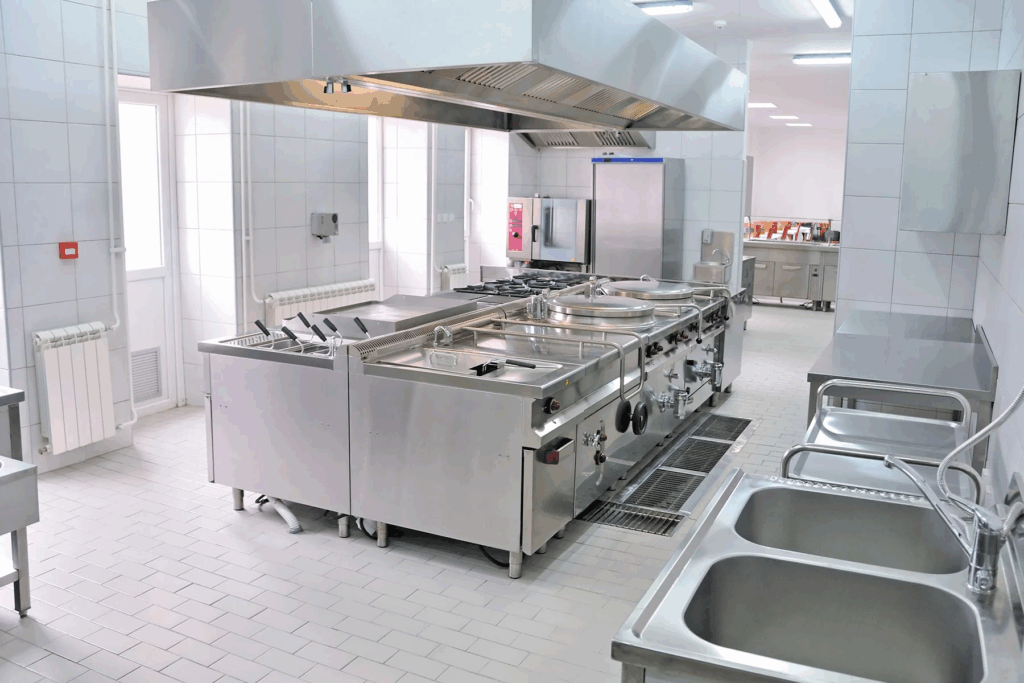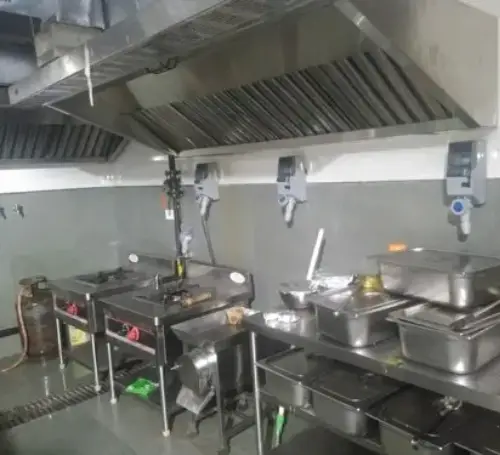A properly planned kitchen in a resort is the heart of an effective food operation and a crucial component of a great guest experience. Whether it’s a luxury hotel or a low-key beach hotel, the kitchen must be able to produce large quantities, handle large orders, and offer a varied menu simultaneously, while still maintaining speed and consistency.
There is more to consider when choosing appliances for a functional space. It entails a realisation of the style of service delivery, an arrangement for a smooth workflow, and the selection of equipment that can handle high-level demand and frequent usage. With its proper use, your kitchen becomes a successful tool.

What are the Key Elements to Consider for a Functional Resort Kitchen Setup?
Here we will cover the key elements to consider from layout to equipment, so you can create a space that works as hard as your team.
1. Define Your Needs First
Before you begin designing, consider the type of service your kitchen needs to support. Will it serve casual dining, fine dining, buffets or all three? The space you require and the pieces of equipment that best suit you will depend on your understanding of your service model, the number of guests you can accommodate, and your work hours.
2. Plan for a Logical Workflow
An efficient idea of a resort kitchen setup consists of a logical flow: receiving and storage, prep and cooking, plating, and cleaning. This sequence of organisation for each area blocks the development of bottlenecks and keeps the space running smoothly. Do not place hot and cold preparation areas near each other, and ensure that there is sufficient space for multiple people to work without bumping into one another.
3. Invest in the Right Equipment
The backbone of a successful resort kitchen is high-quality, durable equipment. Choose appliances and work surfaces that can handle heavy, daily use. When selecting equipment, focus on:
- Cooking equipment, such as ovens, stoves, fryers, and grills, that match your menu.
- Prep tables are made of stainless steel for hygiene and durability.
- Cold storage that includes walk-in refrigerators or high-capacity freezers.
- Dishwashers with fast cycles to keep up with guest demand.
- Shelving and racks for organised storage of ingredients and tools.
Quality equipment reduces downtime, improves safety, and keeps service running on schedule.
4. Consider Energy Efficiency
Using a large kitchen in a resort environment can increase costs associated with energy and water. Select energy-efficient equipment to minimise costs incurred in operation and reduce environmental consequences.
5. Don’t Forget Safety and Ventilation
The comfort and safety include a well-ventilated kitchen. Place extraction systems to eliminate heat, steam and grease in the air. Good air circulation makes the kitchen cooler and improves air circulation for the personnel.
Need reliable hospitality support you can count on? PS Hospitality Services brings expert solutions to every part of your operation. Whether it’s staffing, equipment planning, or day-to-day support, we’re here to help your business run smoothly. Get in touch today and discover a service that works as hard as you do.




